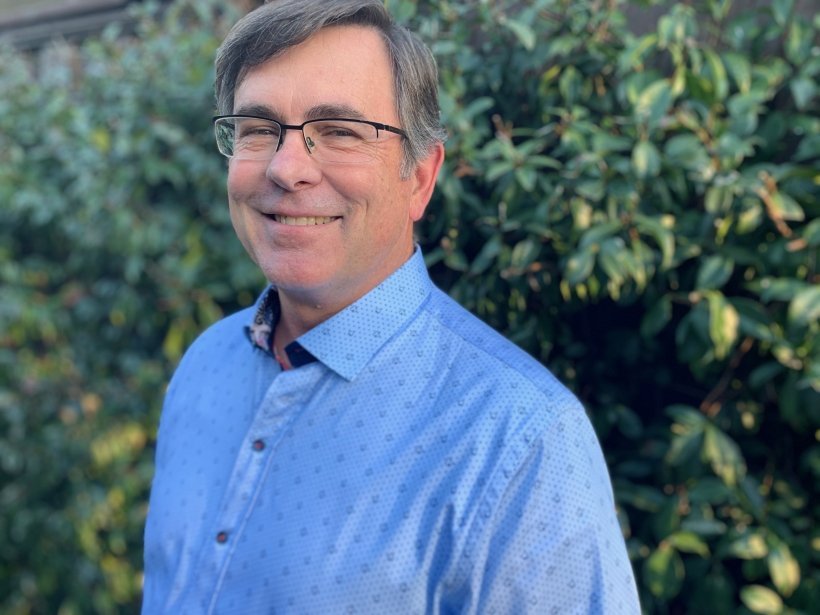LAWRENCE LIVERMORE NATIONAL LABORATORY
Photo courtesy of Energy.gov
DASHBOARD
-
The Lawrence Livermore National Laboratory (LLNL) was established in 1952 at the height of the Cold War. Its mission was to meet urgent national security needs by advancing nuclear weapons science and technology. Renowned physicists E.O. Lawrence and Edward Teller argued for the creation of a second laboratory to augment the efforts of the laboratory at Los Alamos. Environmental programs begun in the 1960s have led to novel groundwater remediation technologies in use at Superfund sites, models that are contributing to understanding the human impact on global climate change, and the establishment of the National Atmospheric Release Advisory Capability (NARAC) at Livermore.
The energy crisis in the 1970s invigorated energy research programs at LLNL, which are part of the government-industry partnership to develop long-term reliable, affordable, clean sources of energy. After the United States halted nuclear testing in 1992, LLNL helped the U.S. Department of Energy (DOE) define the Stockpile Stewardship Program, which ensures the safety, security, and reliability of the nation’s nuclear deterrent without nuclear testing. LLNL continued to advance and apply science and technology to ensure national security within the global context. LLNL successfully completed a life-extension program for the nation’s most modern Intercontinental Ballistic Missile (ICBM) warhead, the W87, that will enable it to remain in the U.S. strategic arsenal well into the 21st century. LLNL also initiated major efforts in energy security. This work is aimed at the development of sustainable energy resources and technologies while reducing their environmental impacts and increasing our understanding of climate change.
-
-
Lawrence Livermore National Security, LLC (LLNS) – Management & Operations
LLNS is made up of Bechtel National, University of California, BWX Technologies, and Amentum.
-
-
Lawrence Livermore National Laboratory
Breanna Bishop, Acting Director, Public Affairs
Phone: (925) 423-9802; Email: bishop33@llnl.gov
Livermore Mayor’s Office
Phone: (925) 960-4020
Site Budget
| FY 2022 Enacted | FY 2023 Request | FY 2023 House Bill |
|---|---|---|
| 1,806 | 1,842 | 1,842 |
(Defense Environmental Cleanup. Amounts in thousands of dollars. Click here for the latest site budget.)
Kevin Bazzell
Federal Project Director
CLEANUP ISSUES
-
Soil and Groundwater Remediation
-
In March 2022, the Office of Environmental Management released a Strategic Vision for 2022-2032.
Planned Cleanup Scope 2022–2032
Over the next decade, based on NNSA mission needs, EM anticipates continuing to perform demolition work on remaining higher risk excess facilities. These facilities include Building 251 (Heavy Elements Facility), Building 292 (Rotating Target Neutron Source), Building 241 (Pluto Project Testing and Fabrication Facility), Building 343 (Explosives and High Pressure Testing Facility), LS212/Building 212 (Accelerator Facility), and other process contaminated facilities.
Updated August 2022.
Information in this profile is sourced from DOE, NNSA, and the site’s online resources.


